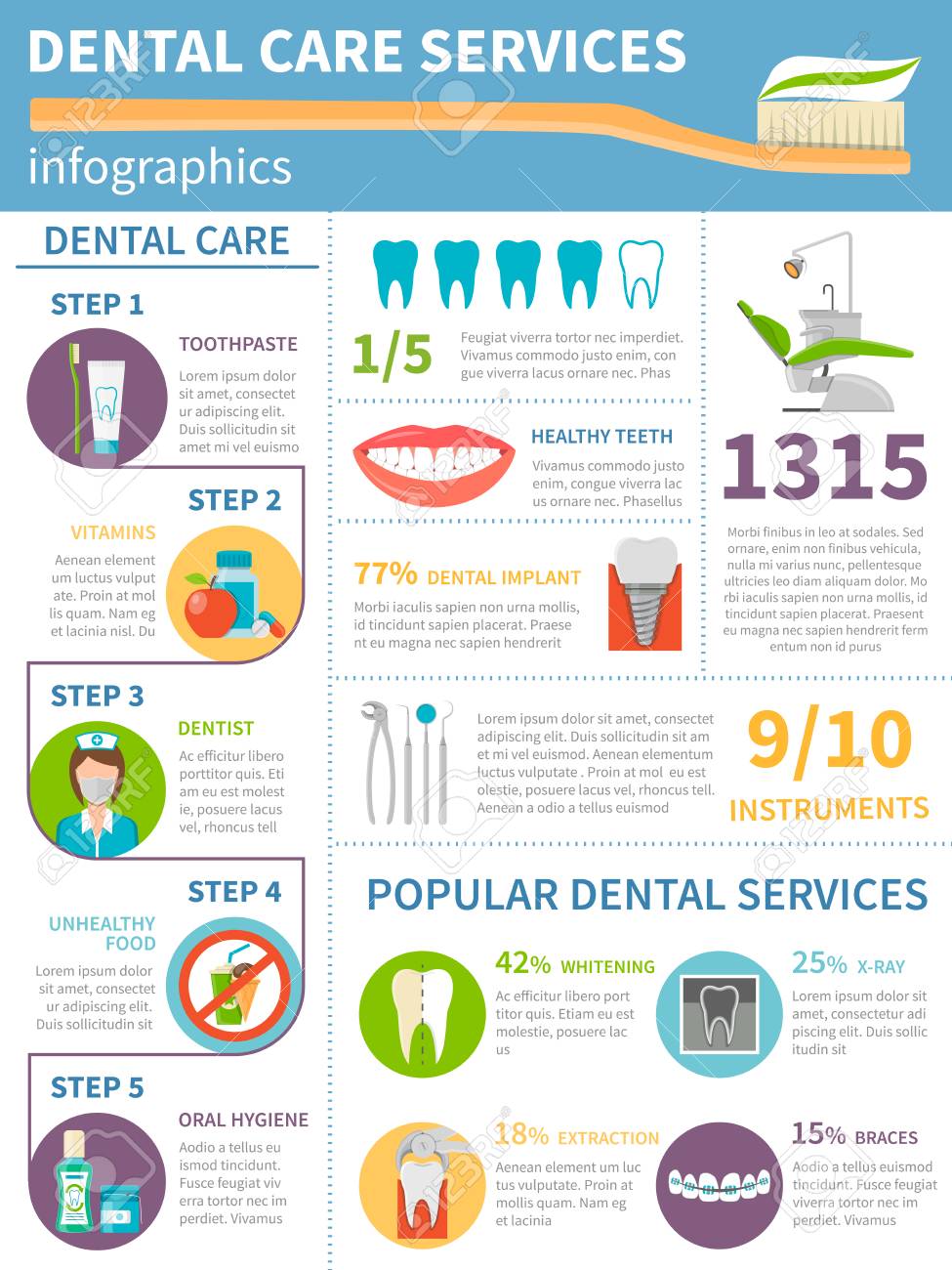Expose The Significant Advancements That Are Modifying The Realm Of Dental Surgery. Think About The Future Of This Specialty And Remain Educated. Click Currently For An Early Take A Look At What Is On The Horizon
Expose The Significant Advancements That Are Modifying The Realm Of Dental Surgery. Think About The Future Of This Specialty And Remain Educated. Click Currently For An Early Take A Look At What Is On The Horizon
Blog Article
Article By-Demir Terrell
Invite to the globe of oral surgery, where advancements and advances are shaping the future of the field! In this amazing realm, you'll witness the transformative power of robotics, the cutting-edge marvel of 3D printing, and the game-changing impact of minimally intrusive techniques.
The future of dental surgery holds a pledge of accuracy, efficiency, and improved client results. With the help of innovative robotics, surgeons are able to carry out intricate procedures with greater precision and control.
3D printing innovation is transforming the creation of dental implants and prosthetics, supplying personalized solutions that fit flawlessly into each individual's unique composition.
In addition, minimally intrusive techniques are lowering post-operative discomfort and recuperation time, allowing people to return to their daily lives sooner.
Get ready to check out the interesting innovations and developments that are reshaping the landscape of oral surgery!
Improvements in Robotics
One major innovation in oral surgery is the use of robotic modern technology, which enables accurate and reliable surgeries. With the help of robotic systems, dental doctors have the capability to execute intricate surgical treatments with enhanced precision, minimizing the danger of human error.
These robot systems are outfitted with sophisticated imaging modern technology and accurate tools that allow doctors to browse with intricate physiological frameworks with ease. By utilizing robotic modern technology, specialists can attain higher surgical accuracy, causing improved individual end results and faster recuperation times.
Furthermore, using robotics in oral surgery permits minimally intrusive treatments, minimizing the injury to surrounding cells and promoting faster recovery.
3D Printing in Dental Surgery
To boost the field of oral surgery, you can explore the subtopic of 3D printing in dental surgery. This ingenious innovation has the possible to transform the means dental surgeons run and deal with patients. Right here are 4 key methods which 3D printing is forming the area:
- ** Customized Surgical Guides **: 3D printing enables the production of extremely precise and patient-specific medical guides, enhancing the accuracy and effectiveness of treatments.
- ** https://www.getthegloss.com/beauty/invisalign-before-and-after-cost-best-age-to-get-clear-braces **: With 3D printing, dental specialists can create personalized implant prosthetics that perfectly fit a person's unique makeup, leading to much better outcomes and person complete satisfaction.
- ** Bone Grafting **: 3D printing enables mouse click the next page manufacturing of patient-specific bone grafts, decreasing the demand for typical implanting methods and enhancing recovery and recuperation time.
- ** Education and learning and Training **: 3D printing can be used to produce reasonable medical versions for educational functions, enabling dental surgeons to exercise complex treatments before executing them on people.
With its potential to improve accuracy, customization, and training, 3D printing is an exciting development in the field of dental surgery.
Minimally Invasive Strategies
To additionally progress the area of dental surgery, welcome the possibility of minimally invasive strategies that can significantly benefit both cosmetic surgeons and people alike.
Minimally invasive techniques are reinventing the field by reducing surgical trauma, minimizing post-operative pain, and accelerating the recovery procedure. These strategies include utilizing smaller cuts and specialized tools to carry out procedures with precision and effectiveness.
By using sophisticated imaging technology, such as cone beam computed tomography (CBCT), specialists can accurately intend and perform surgical procedures with very little invasiveness.
In addition, making use of lasers in dental surgery enables precise tissue cutting and coagulation, causing lessened blood loss and lowered recovery time.
With minimally intrusive strategies, clients can experience faster recovery, minimized scarring, and boosted outcomes, making it a necessary aspect of the future of dental surgery.
Verdict
So, as you can see, the future of dental surgery is incredibly appealing, with exciting developments and advances shaping the field.
From the improvements in robotics to using 3D printing and minimally invasive techniques, oral doctors are reinventing the means they offer care.
While some may worry about the potential price associated with these developments, it is necessary to keep in mind that these modern technologies inevitably enhance person end results and minimize recovery time, making them well worth the investment over time.
